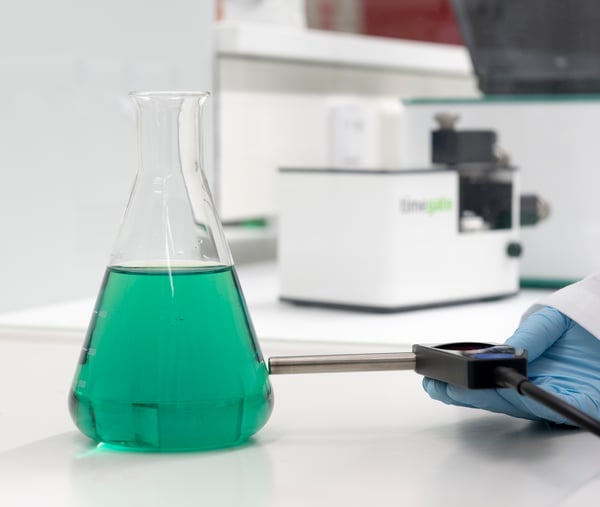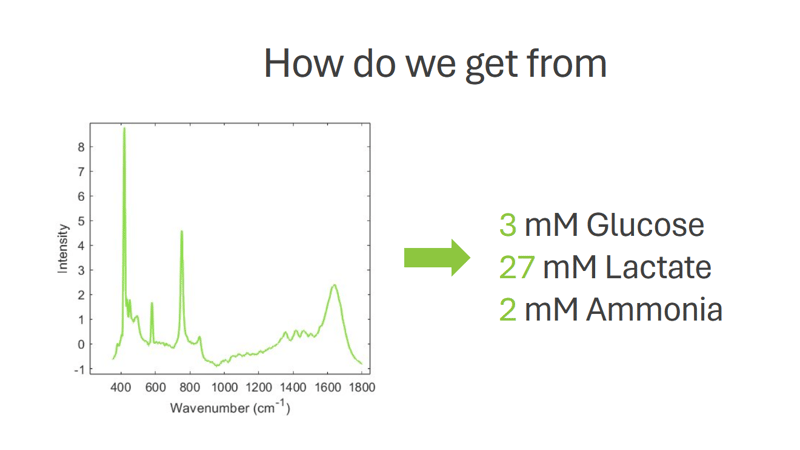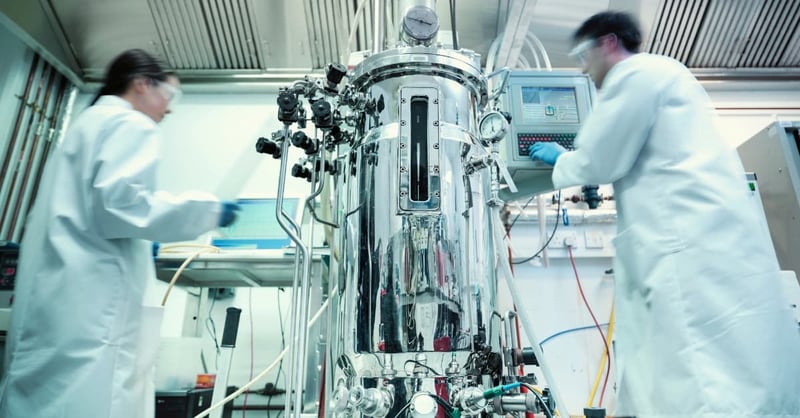Raman Spectroscopy | 16.12.2021
Share this article:
Related articles
Raman Spectroscopy | 28.03.2024
Timegated® Raman Instrument Training
Learn about the comprehensive Timegated® Raman Instrument Training offered by Timegate Instruments....
Raman Spectroscopy | 25.01.2024
Timegated® Raman Spectral Analysis with Chemometric Modeling
Learn how chemometric modeling is used in Raman spectral analysis to extract detailed information...
Raman Spectroscopy | 09.11.2023
Efficient Process Control for Biopharmaceutical Manufacturing
Efficient process control is crucial in biopharmaceutical manufacturing to avoid batch failures and...






